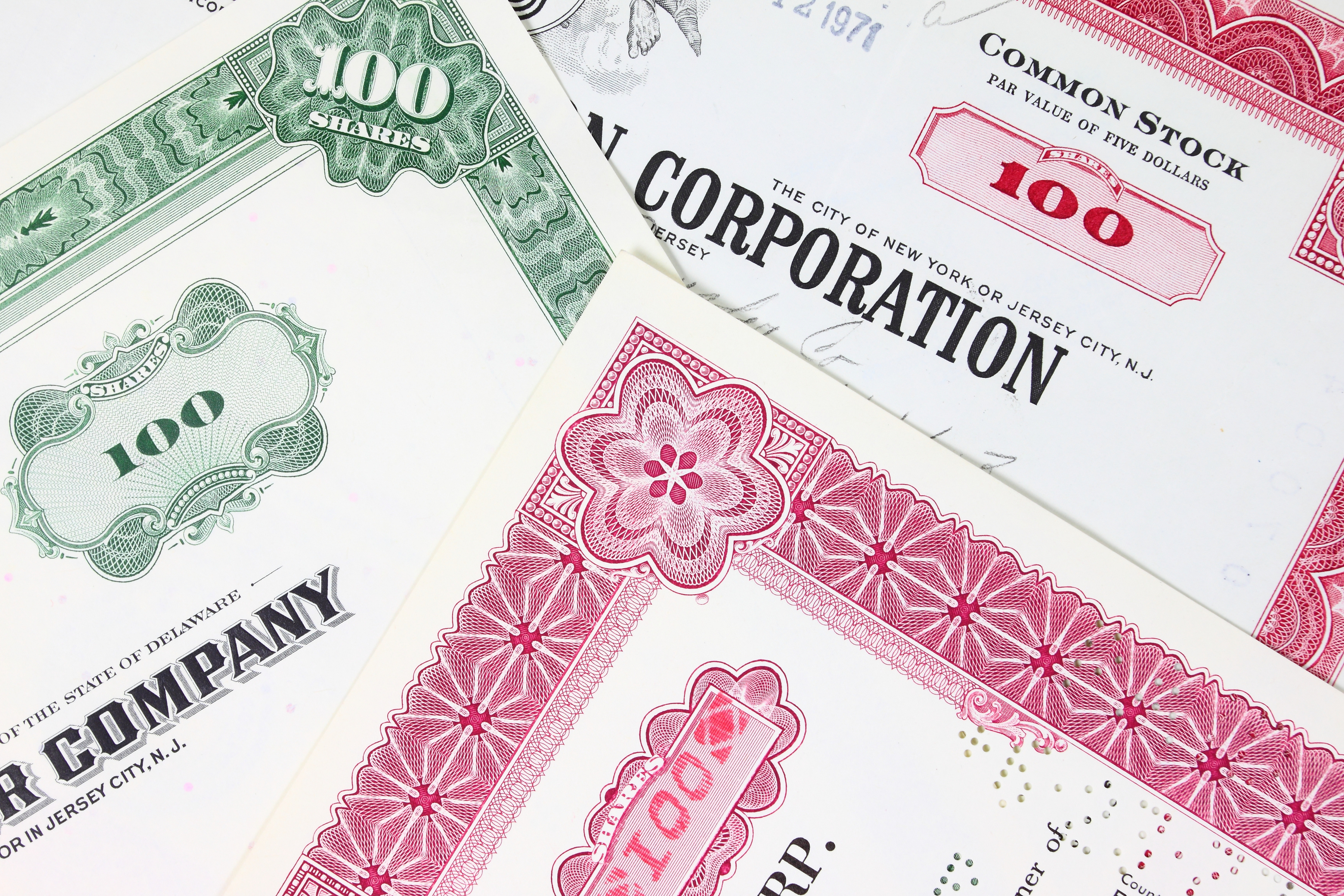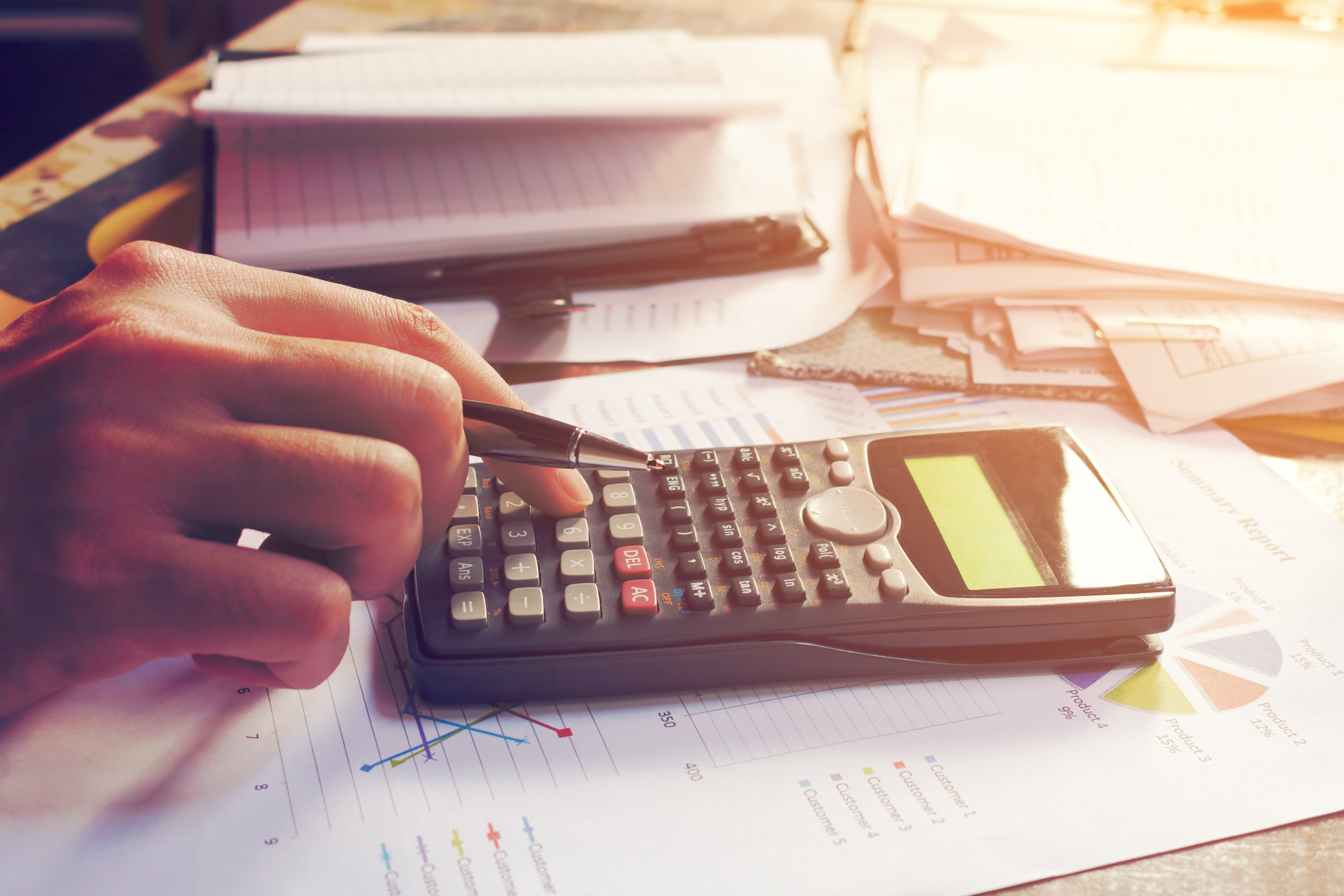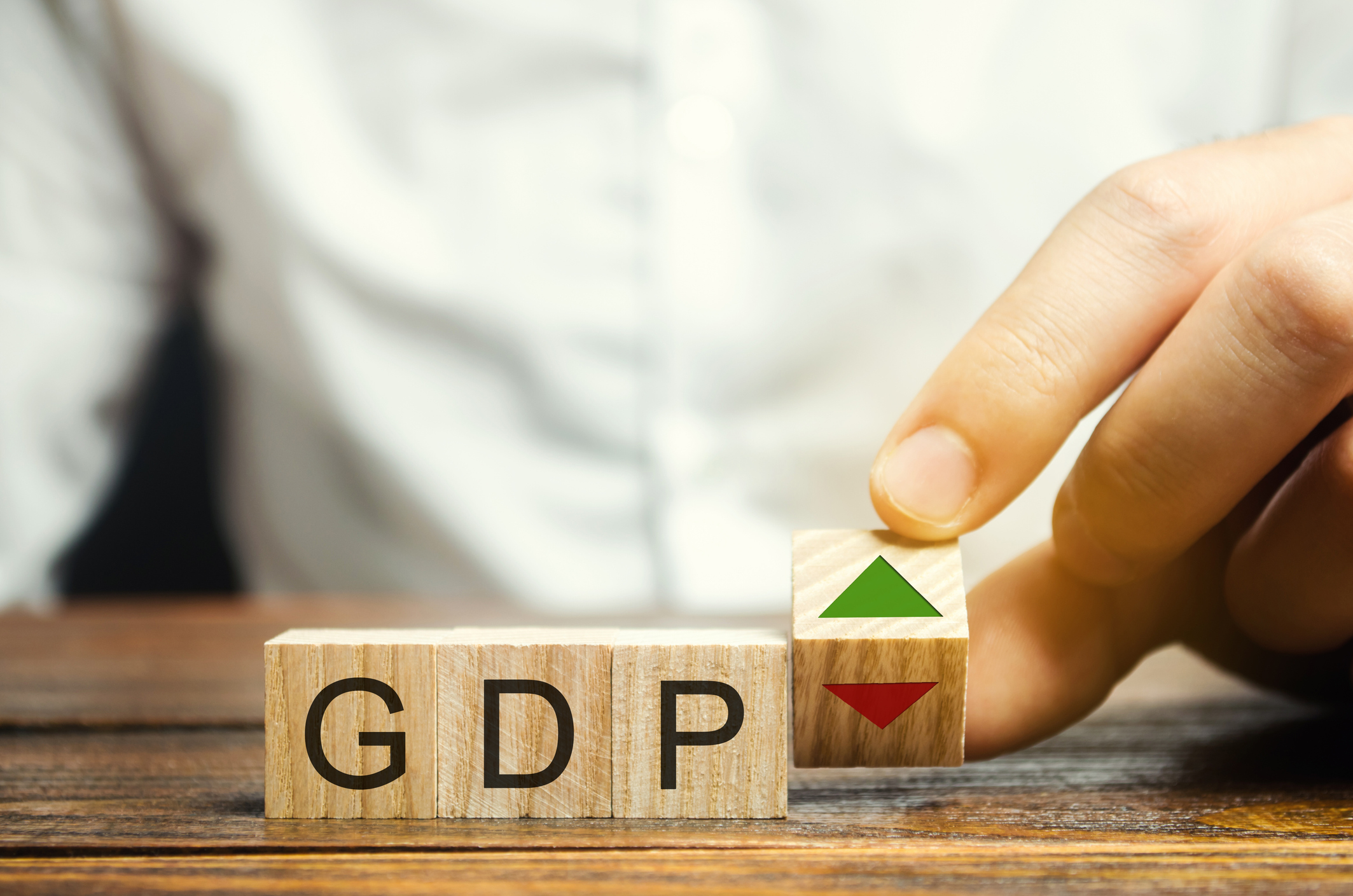Mutual funds hold trillions of dollars in investment assets, and investors commonly look to mutual funds in order to get diversified portfolio exposure at a low cost.
One primary factor in determining a mutual fund's fees is how much it trades, with passive index mutual funds typically charging less in fees than actively managed funds.
The turnover ratio can go a long way toward telling you how much a mutual fund trades and how likely it is to eat up more of your potential returns in commissions and other trading-related costs.

How to figure the turnover ratio
To calculate the turnover ratio, you need to know several numbers. First, you need to determine the total number of securities the mutual fund purchased during the period in question. Typically, this amount excludes fixed-income securities with a maturity of less than a year, as they're generally held for cash-management purposes rather than to further the fund's stated investment objective.
Also, you need to figure out the total proceeds from the securities the fund sold during the period, typically excluding cash-equivalent investments. The SEC requires that the turnover ratio be calculated using whichever of these two figures is smaller, although the two numbers will usually be fairly close to each other and, therefore, not result in a big difference regardless of which one you use.
That number is then divided by the fund's total assets. Specifically, you'll need to know the monthly average value throughout the period. This requires you to take 12 monthly figures for an annual reporting period and then take their average.
The turnover ratio is usually expressed in percent. For instance, if a fund purchased and sold $5 million in assets and had an average asset value of $50 million, then the resulting answer of 0.1 is translated to a turnover ratio of 10%.
What the turnover ratio means
Some look at turnover ratio as the percentage of the fund portfolio that got traded during the year, but that's not entirely precise, as repeated purchases and sales of individual holdings can boost turnover ratios even when many positions are left untouched. For instance, a turnover ratio of 100% doesn't mean that the fund bought and sold every single holding in its portfolio, but it does mean that there was extensive movement in and out of positions during the period.
There's no perfect turnover ratio for any fund, but the ratio gives you useful information about how the fund works. Actively managed funds with high turnover ratios rely on trading strategies to generate excess returns, and they generate higher trading costs that make it more difficult for the fund to produce market-beating returns.
Similarly, index funds should typically have low turnover ratios, trading only as much as is necessary to handle investor inflows and outflows. Even some actively managed funds have low turnover ratios, suggesting that they generally follow a long-term buy-and-hold strategy.
Before you invest in a mutual fund, make sure you know its turnover ratio. It will give you a better sense of how the fund manager thinks, and what action the manager is likely to take in response to changing conditions. Click here to choose a broker and start investing today.


















